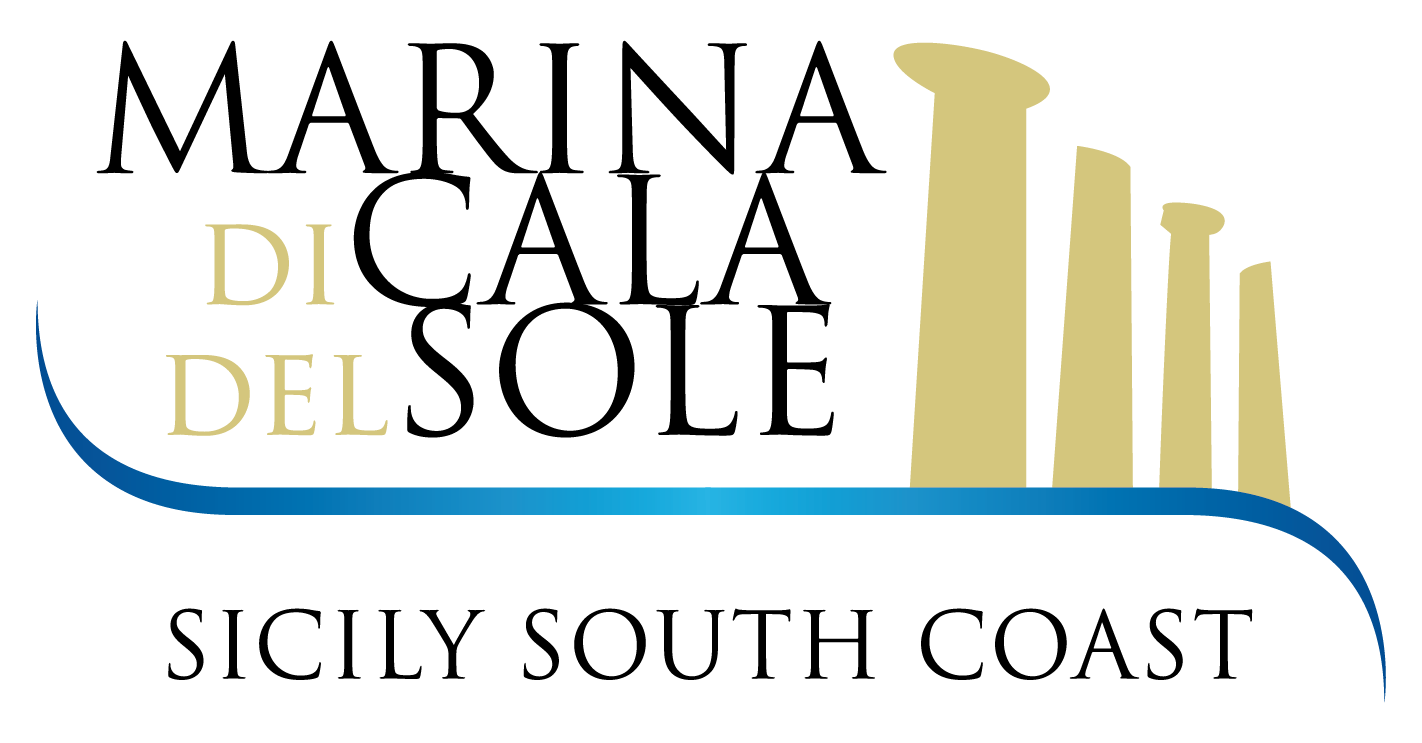ENTERTAINMENT
Discover Sicily
A few kilometers from the Temples of Agrigento, a UNESCO World Heritage Site, and from the Roman mosaics of the Villa del Casale in Piazza Armerina, Licata is in the center of Sicily South Coast and is the ideal starting point to reach the main Sicilian archaeological sites or visit towns and cities of great cultural and artistic interest, such as Caltagirone, Ragusa Ibla, Sciacca.
For those looking for sports, wellness and relax, it is easy to reach beautiful relais chateaux such as the “Falconara Charming House & Resort” or the “Golf Resort & Spa Verdura” in Sciacca and “Donnafugata” in Ragusa.
Feast of Sant’Angelo – Patron saint of Licata
The patron saint of Licata, Sant’Angelo the martyr, is celebrated twice a year, on May 5 in remembrance of his martyrdom which took place in 1220 and on the Sunday after mid-August in memory of the liberation of the city from the plague in 1625. These two festivals are celebrated by a large number of citizens and many others from all over Sicily. Over the centuries the people of Licata have venerated their patron saint starting a few years after his death in 1626 with the building of the beautiful and artistic church that became the diocesan sanctuary, right in the place of martyrdom, overlooking a large square designed as a churchyard. The most revered areas of the church are the miraculous well in which the bones of Sant’Angelo were found in the fourteenth century, and the side chapel which houses the silver urn containing the saint’s body dating from 1623. The main festival is the one that takes place between the third and sixth of May and which is typifed by the presence of many stalls, and the great enthusiasm and joy of the participants.
The highlight of the festival takes place on the 5th when the casket containing the remains of Sant’Angelo, accompanied by the four votive candles, are processed through the city in memory of dramatic events when the relics were rushed out of the city to be secreted in secure locations to prevent them from being desecrated by invaders. The day after the festival is Thanksgiving Day, with traditional games in the port and in the evening the urn is returned to its place in the chapel of the saint in the church, to be reopened in August, for the other festival in honor of Sant’Angelo.
Agrigento and the Valley of the Temples
The native land of Pirandello, Agrigento is one of the most beautiful Sicilian cities. It was founded around 580 B.C. and boasts a territory where there are still artistic testimonies of the peoples who settled the island.
The Valley of the Temples, a park of at least 1300 hectares, is an archaeological area of Sicily. It is characterized by the exceptional state of conservation and by a series of important Doric temples of the Hellenic period.
It preserves an extraordinary heritage, not only monumental, but also landscape. It includes the remains of the ancient Greek city.
In the Valley of the Temples, declared in 1997 by UNESCO “World Heritage Site”, there is one of the largest archaeological complexes in the world immersed in an agricultural landscape consisting primarily of centuries-old olive trees and almond trees. In addition, within the area, there is also the Pietro Griffo Regional Archaeological Museum. Nowadays it houses 5688 finds, preserved to illustrate the history of the territory, from prehistoric times to the end of the Greco-Roman age.
Scala dei Turchi
The Scala dei Turchi is a rocky wall (cliff) that rises above the sea along the coast of Realmonte, near Porto Empedocle, in the province of Agrigento. It has become over time a tourist attraction both for the singularity of the cliff, of white color and the peculiar shapes, and following the popularity acquired by novels starring the commissioner Montalbano written by Andrea Camilleri.
A place of history, legend and exceptional natural beauty. The landscape takes on different aspects depending on the time of day: in the hottest hours, the rock becomes white and the blue of the limpid sea shines in the rays of the sun; during Sunset the slab takes on a light red color; while at night it is the moon rays that are marrying with the whiteness of the white marl (rock).
Caltagirone – city of ceramic
Recognized by UNESCO as a World Heritage Site for its architectural beauty of late-baroque period, Caltagirone is a true gem that preserves numerous tiled masterpieces thanks to which it has earned the nickname City of Ceramics. Generations of craftsmen and artists have interpreted the original capacity of ceramics to create shapes and colors, flexible instruments to give shape to the creative imagination. In more than one hundred workshops, the clay is shaped, creating elegant sculptures that represent characters and scenes of everyday life.
Caltagirone’s jewel is the majestic Scala di Santa Maria del Monte. This staircase was created to bridge a drop of about 50 meters that separated the old town from the new. With its 142 steps, the staircase is now a monument and at the same time an architectural structure that connects the seat of religious power which was the Mother Church, and the seat of civil power which was the senatorial Palace. Polychrome majolica tiles depicting various ceramic designs in use in Arabic Sicily since the 9th Century, decorate each rise of the stairs. At the end of May, the Scala becomes “La Scala Infiorata”, its steps decorated with thousands of plants and flowers with different shades of color, which form a single ,grand design. This show, unique of its kind, along the famous Scala lightens up July and in August. What a sight!
Piazza Armerina
Monuments, churches, ancient buildings and the Sicilian baroque that adorns them make Piazza Armerina a splendid city of art. Walking through the streets of the historic center, you have the feeling of reliving the ancient splendor. Among the archaeological sites of interest is the Villa Romana del Casale, a UNESCO World Heritage site that dates back to the late third century A.D. Magnificently decorated with beautiful mosaics, it was discovered in the late 1800s before being fully brought to light in the mid twentieth century. Its immense value to documentation of the history of art is mainly due to the more than 40 polychrome mosaic floors. These are arranged over an area of over 3,500 square meters, the number and size of floors unprecedented in any other archaeological site of the Roman world and are most important for their high artistic value. It is most likely that the complex was a luxurious private residence belonging to a powerful Roman family. It is unique of its kind especially for the tesserae, the individual pieces of the mosaic, which are very small and intricate. The effect achieved is certainly spectacular, the pictures are very detailed and rich in colors and shades.
The most important event in the region is the Norman Palio; a unique spectacle in southern Italy, the festival recreates historical events of a thousand years ago. While the Palio is historical, because the characters represented are people who really existed, there is no direct evidence that Piazza Armerina was the scene of the events that are recreated. Count Roger, the youngest son of the Norman King Tancredi, arrived in Italy at the beginning of the millennium in support of his brother Robert, called the Guiscardo, who was engaged in the conquest of Calabria and Sicily, then ruled by the Byzantines and the Saracens. This conquest was supported by the Church of Rome; indeed Pope Nicholas II, during the Council of Melfi, agreed to grant the Island to the Normans if they succeeded in conquering it and liberating it from Saracen rule. When the conquest was complete the Pope offered Roger a standard portraying Our Lady with Child; Roger donated the standard to the town of Piazza Armerina as a sign of devotion and thanks to the townspeople, so that it could be venerated on the main altar of the Cathedral. This is the inspiration for the Palio. In the years following the Second World War ideas were put forward for creating events that would make Piazza a tourist attraction. Two illustrious citizens of the town, Angelo Urzì and Vito Romano, with the help of willing volunteers, decided to realize a long-standing dream of theirs: to create an event, unique in its kind, symbolically evoking the liberation of Sicily, and in particular of Piazza, from the Saracens by the troops of Count Roger of Altavilia. Their dream was fulfilled. The first festival was held in 1952 and was such a great success that it was decided to repeat it in following years. It still takes place today, every year from 12th to 14th August.
Licata
Le origini di questa cittadina della costa meridionale siciliana risalgono alla preistoria, testimoniate dai numerosi ritrovamenti del Peleolitico, Mesolitico e Neoliltico, come l’Ipogeo Stagnone Pontillo, la necropoli di Monte Petrulla, la Grangela preellenica. Gli storici identificano Licata con l’originaria Finziade, fondata nel 280 a.C. da Finzia, tiranno di Agrigento.
Dai Greci e dai Romani fu trasformata in uno dei più importanti empori commerciali di tutta l’isola. Dominata dai turchi nel ‘500, conobbe il suo riscatto e la fiorente ripresa economica nel XVIII secolo per poi divenire, con il suo sicuro porto, uno dei principali scali commerciali tra l’800 e il ‘900. Identificata anche come “Città del Liberty”, regala ai suoi visitatori numerosi monumenti, sontuose ville e preziose decorazioni custodite sul suo territorio: il Parco delle Ville Liberty, il Palazzo di Città, il Palazzo Verderame, il Teatro Re Grillo.



